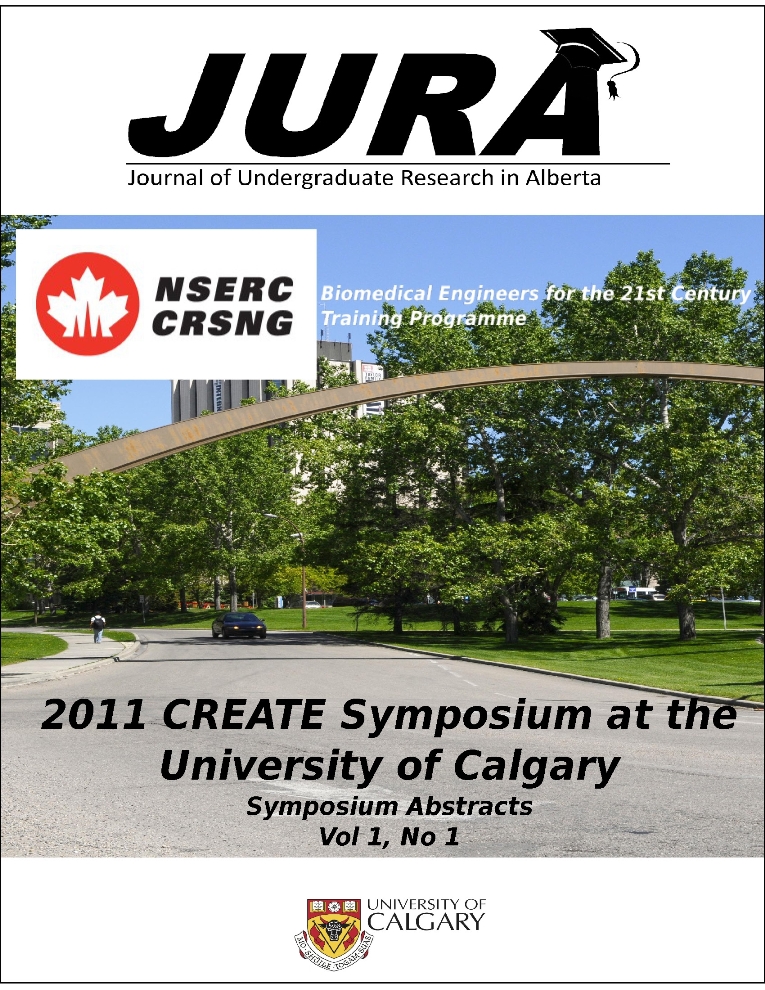Contribution of the Upper-Body in Skate Cross-Country Skiing
Keywords:
Cross-country skiing, Upper-Body MovementAbstract
The skate technique in cross-country skiing has a unique gait transition. Typically, skiers will use the two-skate technique at low speeds, transition to the one-skate technique at intermediate speeds, then return to the two-skate technique at high speeds. We hypothesize that this unique gait transition can be explained by differences in the contribution of the arms to propulsion and the associated metabolic cost of upper-body and arm work. In one-skate, poles are planted simultaneously with every skate stride, while in two-skate, poles are planted with every second skate stride (Smith, 2000).
Using four trained cross-country ski racers, two separate tests were performed for each technique of skate skiing. First, subjects skied at 6, 15, and 30 km/h on a rollerski treadmill. During the entire test VO2, pole force, lactate, and video were recorded for one technique and repeated on another day using the second technique. In the second phase of testing, the poling motion only was simulated on a pole ergometer with subjects matching their stroke rate and poling forces using video and force feedback. Upper-body VO2 and lactate were measured and compared to the treadmill test values.
The average metabolic cost associated with the upper-body work was 60% of the total metabolic cost when skiing on the treadmill. The upper-body metabolic cost was always higher for the one skate compared to the two skate technique. At slow speeds the difference between the two techniques was small (3%), but this difference increased at higher speeds from 10% at 15km/h to 14% at 30km/h. The poling motion associated with one-skate becomes more metabolically costly than two-skate as speed increases. A skier’s regressive transition from one-skate to two-skate at high speeds may be explained by a need to transfer impulse generation to the legs, since the sliding limbs remain effective at high speeds while the fixed limbs (poles) become less effective.
Downloads
References
Downloads
Published
Issue
Section
License
Authors retain all rights to their research work. Articles may be submitted to and accepted in other journals subsequent to publishing in JURA. Our only condition is that articles cannot be used in another undergraduate journal. Authors must be aware, however, that professional journals may refuse articles submitted or accepted elsewhere—JURA included.


